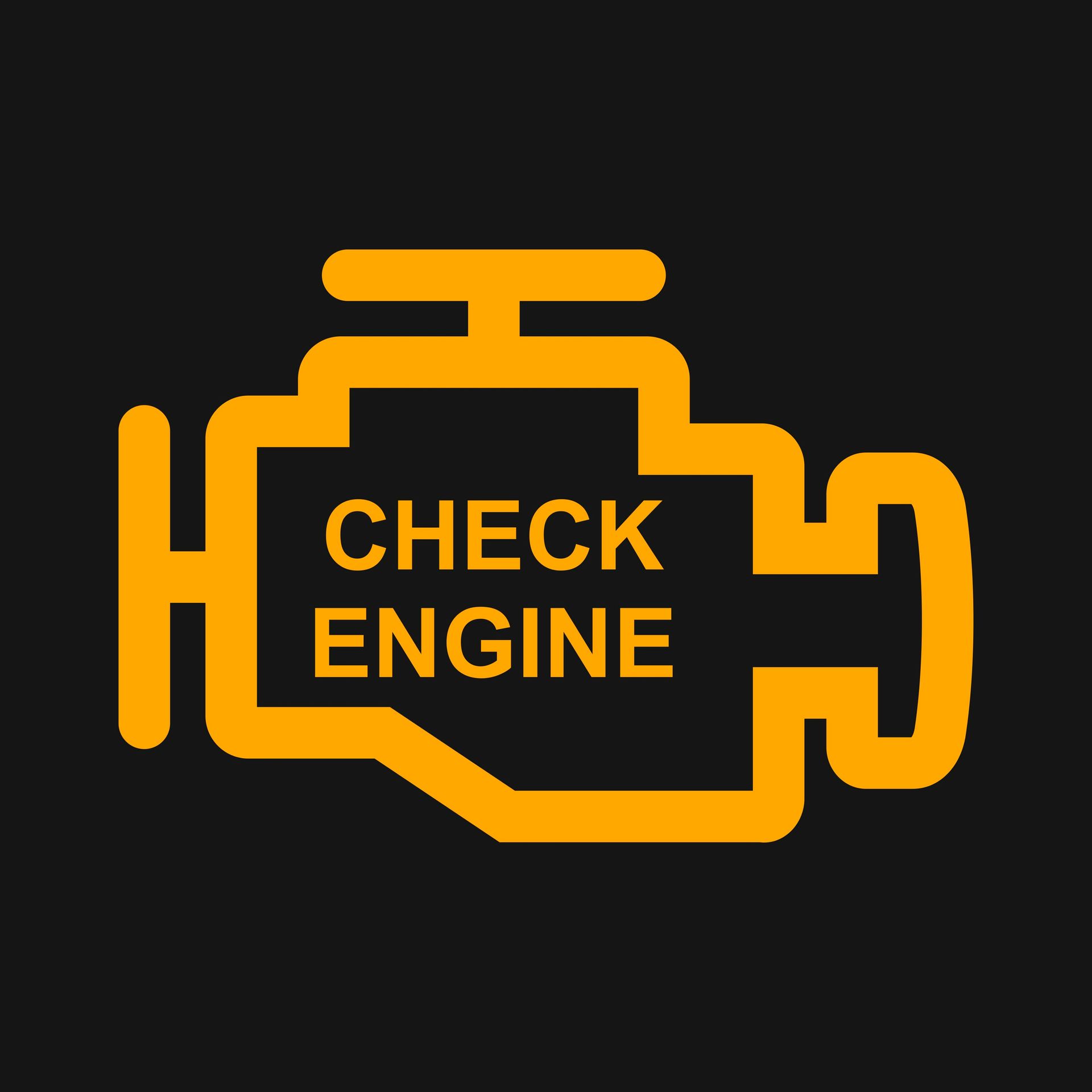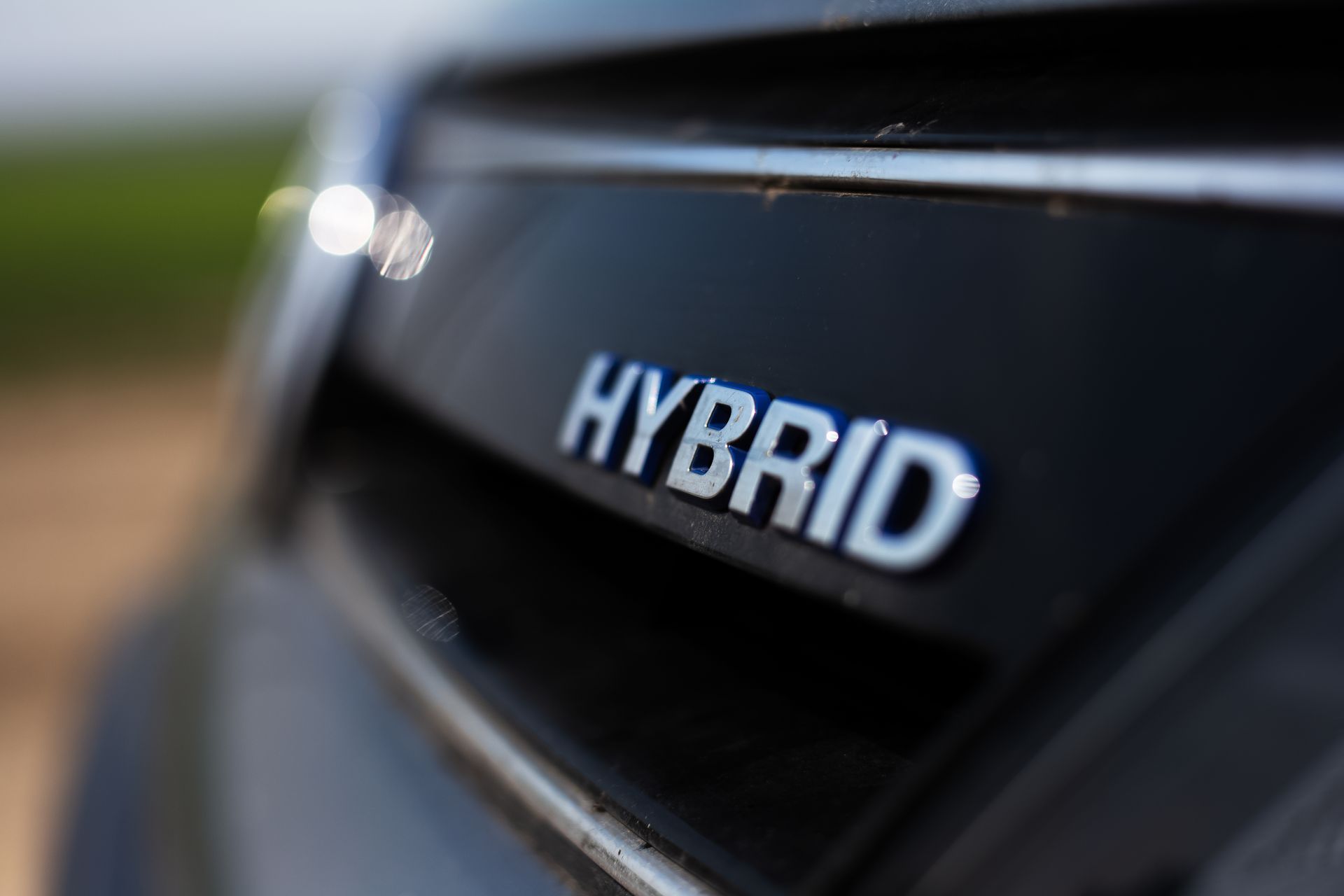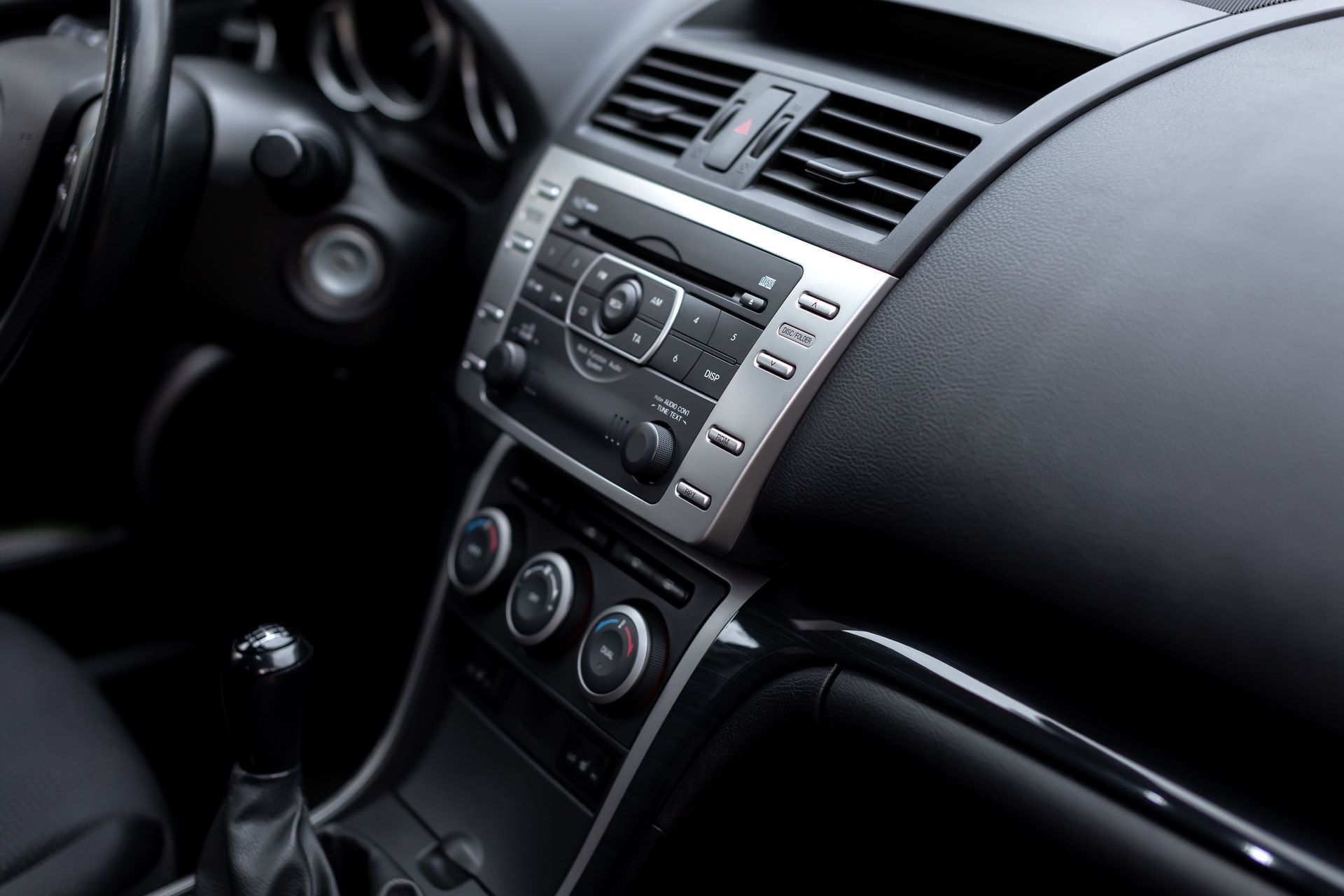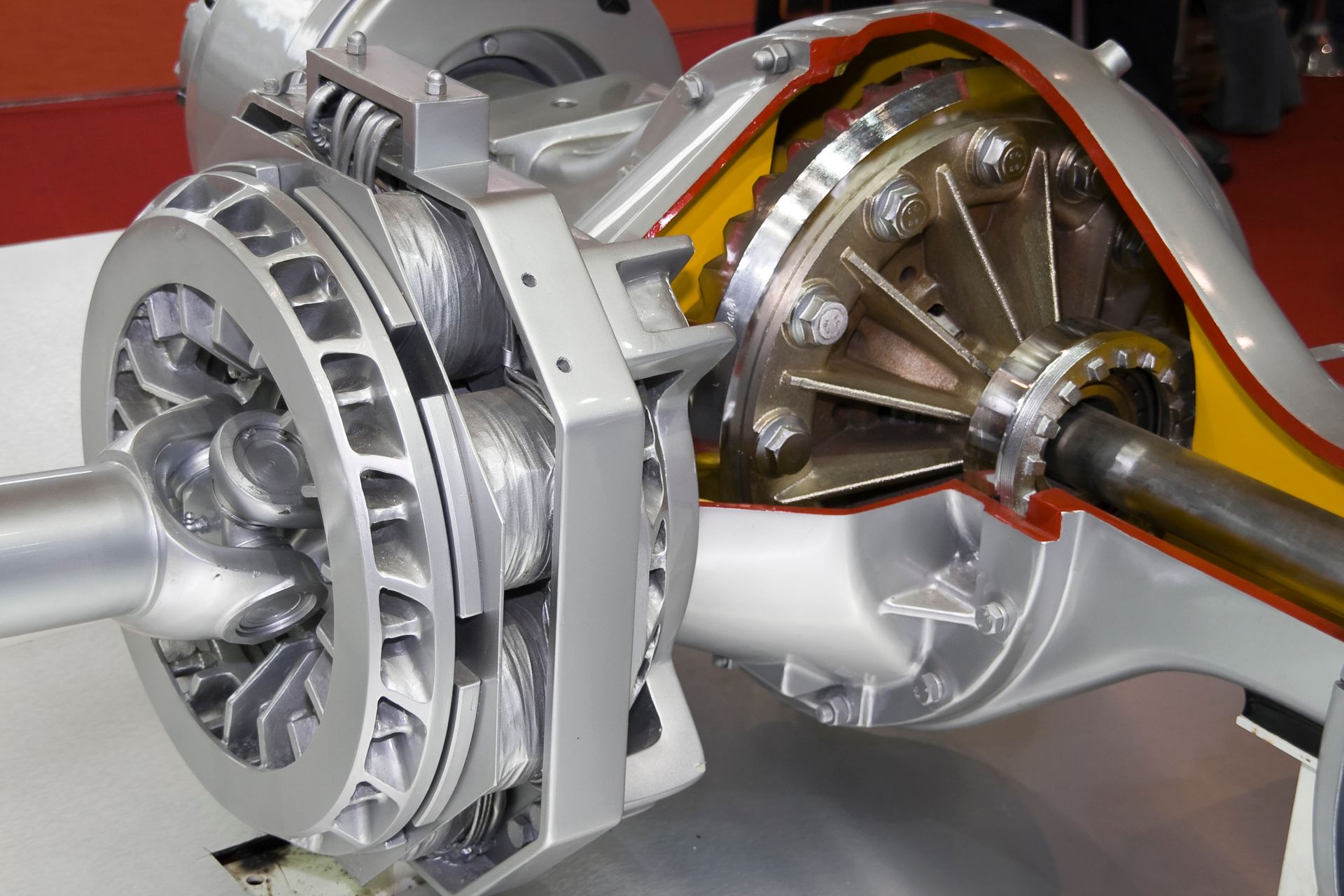Modern vehicles are equipped with Advanced Driver Assistance Systems (ADAS) designed to enhance safety, improve driving comfort, and reduce accidents. These systems rely on cameras, radar, and sensors to monitor the road and assist with functions like lane-keeping, adaptive cruise control, automatic emergency braking, and blind-spot detection. While ADAS technology has made driving safer, regular calibration is required to function accurately. Without proper calibration, these systems can become unreliable, putting both drivers and passengers at risk.
What Is ADAS Calibration
ADAS calibration is the process of realigning and fine-tuning the cameras, sensors, and radar systems that assist in vehicle safety functions. Since these systems depend on precise positioning to detect road conditions, objects, and other vehicles accurately, even the slightest misalignment can affect their performance. Calibration ensures that all components are correctly positioned and that data is interpreted as intended.
Every ADAS system is uniquely designed for the vehicle it’s installed in, meaning that calibration procedures vary depending on the make and model. Some require static calibration, which involves adjusting cameras and sensors while the vehicle is stationary in a controlled environment. Others need dynamic calibration, which requires driving the car at specific speeds while the system fine-tunes itself. In some cases, both methods are necessary to achieve accurate results.
When Does Your ADAS System Need Calibration
ADAS systems don’t just stay perfectly aligned forever. Various factors can cause the sensors or cameras to shift out of place, leading to inaccurate readings and potentially unsafe driving conditions.
One of the most common reasons for calibration is after a windshield replacement. Many modern vehicles have forward-facing cameras mounted behind the windshield, playing a critical role in lane-keeping assistance, traffic sign recognition, and collision avoidance. If the windshield is replaced, even a small misalignment can throw off the system, making recalibration necessary.
Minor collisions and fender benders can also impact ADAS accuracy. Even if there’s no visible damage to your vehicle, the sensors or cameras might have shifted slightly due to the impact. This can lead to incorrect warnings, failure to detect obstacles, or improper system activation.
Other common situations that require calibration include wheel alignments, suspension repairs, or changes to the vehicle’s ride height. Even something as simple as getting new tires or making modifications like lifting or lowering the suspension can alter sensor positioning, affecting how the ADAS system interprets road conditions.
What Happens If ADAS Is Not Calibrated
Ignoring ADAS calibration can lead to serious issues that compromise vehicle safety. Since these systems rely on precise calculations, even a small error can cause false alerts or a complete failure of certain safety functions.
For example, if a forward-facing camera is misaligned by just a few degrees, it may detect lane markings incorrectly, causing the lane departure warning to activate at the wrong time or not at all.
Similarly, if radar sensors used for adaptive cruise control are off by even a fraction of an inch, the system might fail to maintain proper following distance, increasing the risk of collisions.
Misalignment can also cause the automatic emergency braking system to malfunction, either by engaging unexpectedly or failing to activate when needed. Blind spot detection and parking assistance may become unreliable, leading to missed obstacles or false warnings. These issues not only reduce the effectiveness of ADAS but also create a false sense of security for drivers who rely on these systems.
How Regular Calibration Improves Safety and Performance
Regular ADAS calibration ensures that all systems work correctly and provide accurate readings. With properly aligned sensors and cameras, features like automatic braking, lane-keeping assistance, and adaptive headlights function as intended, reducing the likelihood of accidents.
Calibration also helps prevent unnecessary system alerts. When ADAS components are misaligned, they may trigger warnings or interventions when there’s no real danger, causing frustration for drivers. By ensuring accurate calibration, drivers can trust that alerts and automated functions are responding to real road conditions.
Many manufacturers recommend checking ADAS calibration at least once a year, even if no repairs or replacements have been made. Regular inspections can catch small misalignments before they turn into bigger problems, ensuring your vehicle remains safe and reliable.
If you’re in Atlanta, GA, and your vehicle has undergone windshield replacement, suspension adjustments, or minor body repairs, it’s essential to get your ADAS system checked and calibrated. A professional calibration service will restore accuracy and keep your car’s safety features working as intended.
Is your ADAS system giving false alerts?
SCC Performance in Atlanta, GA, provides expert calibration services to restore accuracy. Call now to schedule an appointment!












